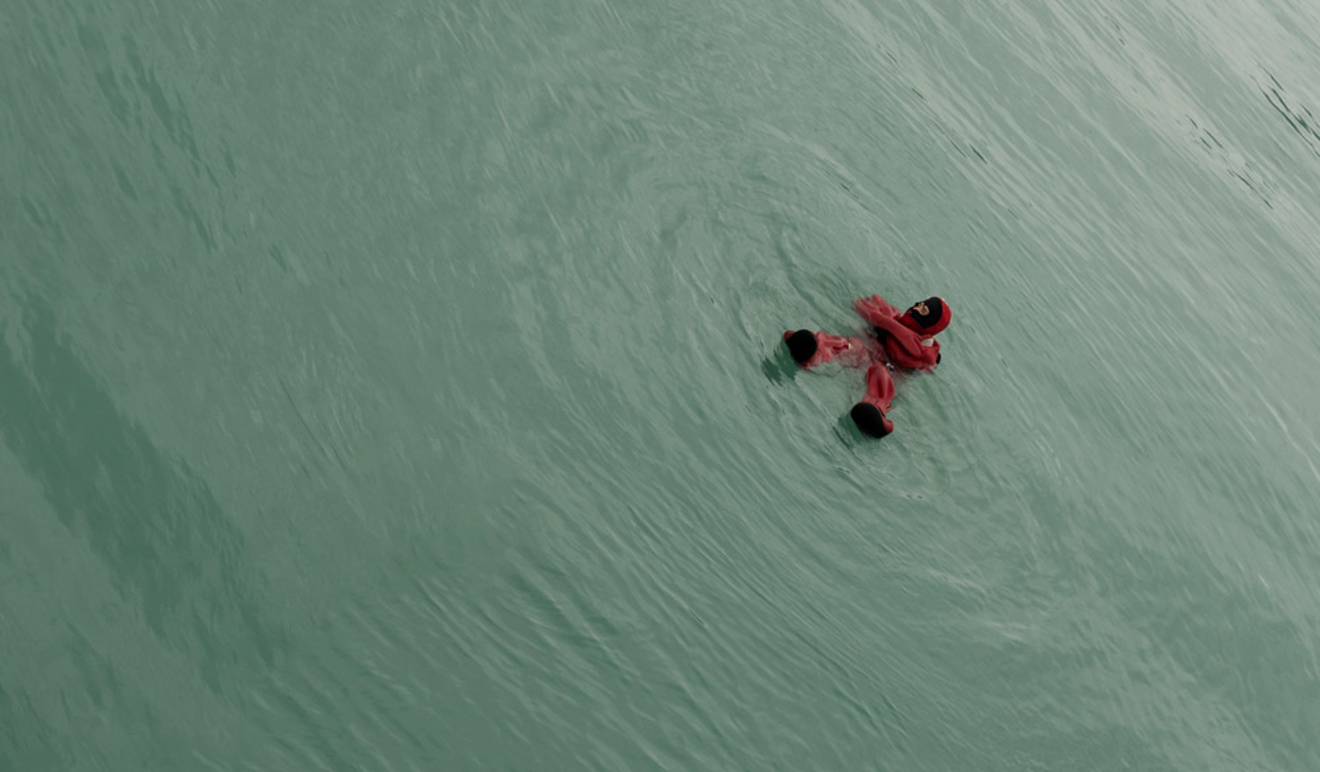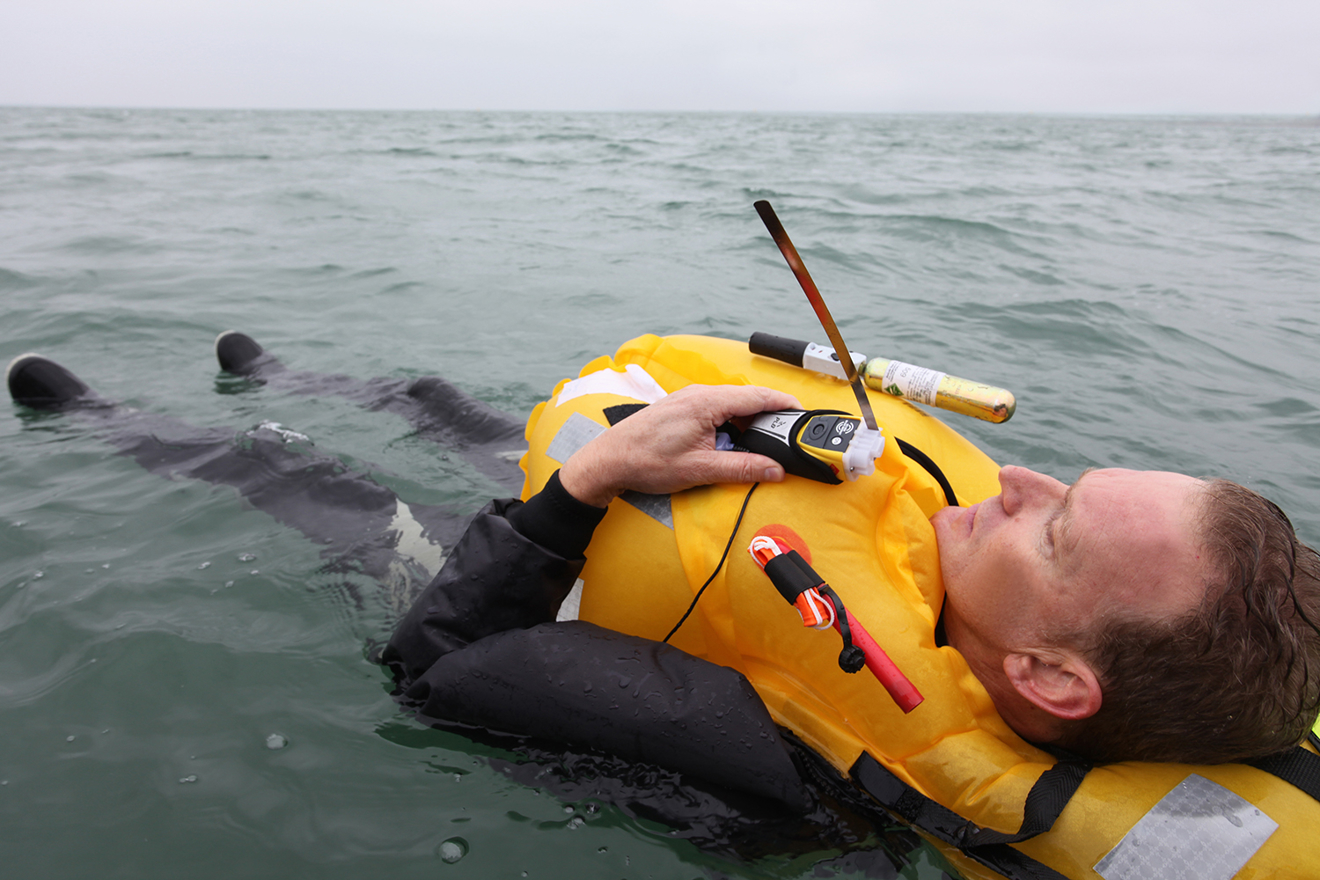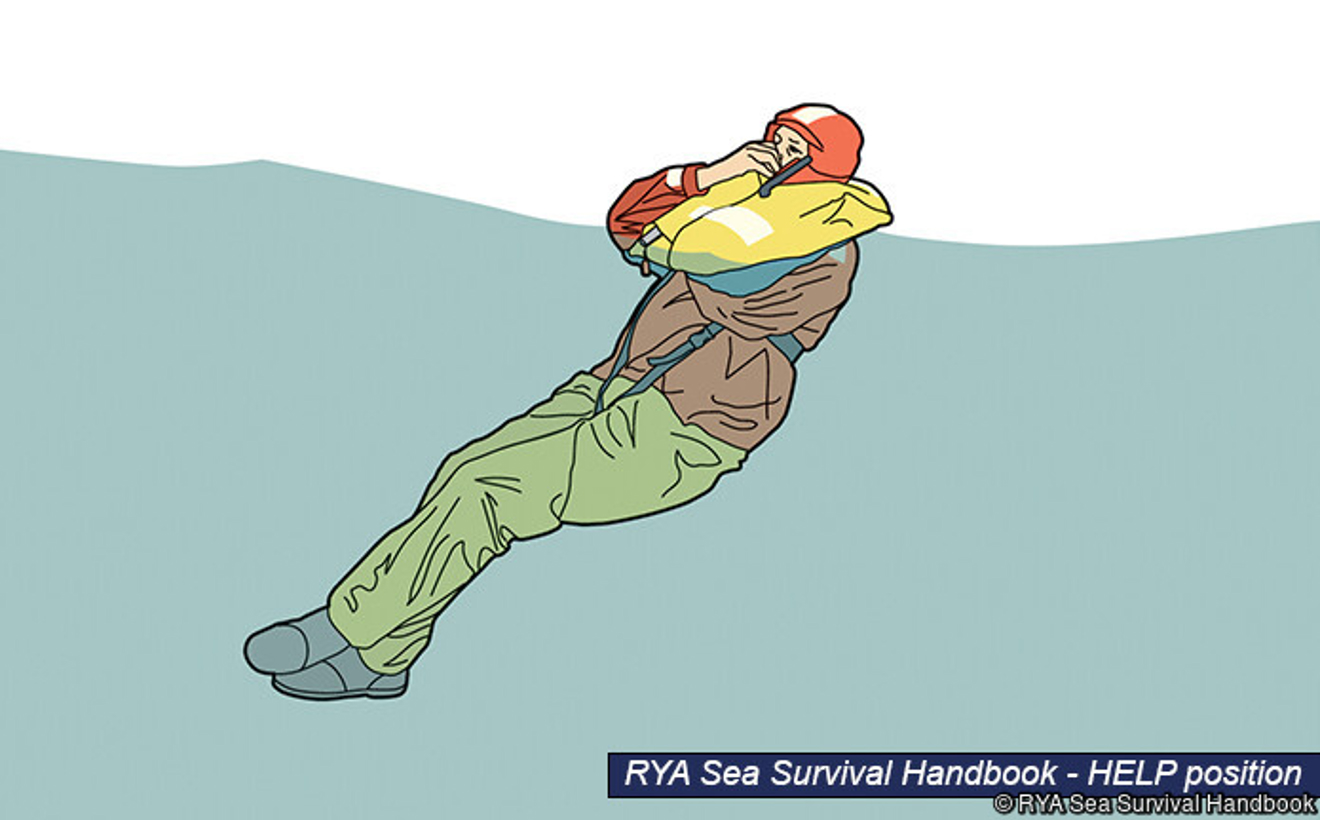Cold water shock and hypothermia
What to expect and how to increase your chance of survival if you find yourself in the water
Spring might be on the horizon, but water temperatures are at their coldest. A British Government report published in 1977 identified that 55% of open water deaths occurred within 3m of safety, and 47% within just 2m of safety.
It was clear something much quicker than hypothermia was incapacitating these casualties, and the various stages of the body’s reaction to cold water immersion were identified. To help prepare yourself should the worst happen, here’s what to expect and what you can do to increase your chance of survival in cold water.
1. Cold shock
Cold shock, or cold water shock, is the physiological reaction that occurs when a person enters cold water. The sudden lowering of skin temperature produces involuntary responses which take effect almost immediately, reach their peak in the first 30 seconds and last for up to 2 to 3 minutes. The symptoms and effects of cold water shock are:
- Breathing becomes quicker - hyperventilation
- Over-breathing leads to dizziness and confusion in the first few minutes
- In water below 15°C an initial involuntary gasp of air can result in inhalation of water
- The ability to hold breath is greatly reduced to less than 10 seconds
In choppy water where waves frequently wash over the face, rapid breathing, and the reduced ability to hold your breath increases the risk of water inhalation and drowning - The blood vessels near the surface of the skin constrict, reducing flow and preventing heat loss, leading to increased blood pressure as the heart pumps against the constrictions. Any exertion at this point can increase the risk of heart attack or stroke
It’s easy to see how these responses could cause panic. However, it’s important to remember, that rapid breathing will settle down in a minute or two. It’s best to focus on protecting your airway and NOT undertaking the swim to perceived safety until your heart rate and breathing has settled.
An appropriate personal floatation device (PFD) for the activity, such as a lifejacket or buoyancy aid will assist in keeping you afloat and able to protect your airway in the first few minutes. Generally speaking, buoyancy aids should be worn in activities like dinghy sailing where it’s expected that you might enter the water as part of the activity.

2. Loss of co-ordination and dexterity
As the cold water begins to cool your muscles, dexterity is reduced. This takes place between 3 and 30 minutes. In this time, you may lose your ability to operate a distress beacon, such as a MOB alert.
Your ability to swim will also gradually become more impaired. Deploying or activating equipment should be done as soon as possible, particularly if in open water.
If you have an MOB beacon or strobe light, activate it now. Don’t wait until your hands are too cold.
If you have a lifejacket with a spray hood, deploy it now to protect your airways.

3. Hypothermia leading to unconsciousness
From 30 minutes onwards genuine hypothermia becomes a reality. Uncontrollable shivering will stop as the body continues to cool. Without rescue this may ultimately lead to unconsciousness and loss of life.
Having appropriate clothing will help, and you should also minimise your surface area by adopting the HELP position (Heat Escape Lessening Posture). This will reduce loss of body heat. Avoid excess activity, such as swimming, as it will increase your rate of cooling.

4. Be prepared
The RYA Sea Survival Handbook (G43) is the official supporting text for the RYA Basic Sea Survival course. It covers everything from understanding weather to calling for help, as well as the importance of the correct safety equipment and how and when to use it.
Discover more about what to do in a man overboard situation and how RYA courses can prepare you for the water.
